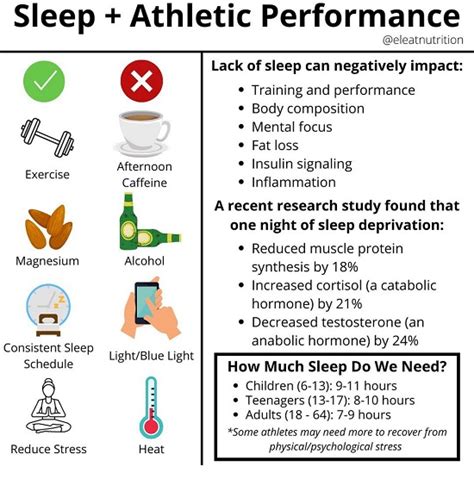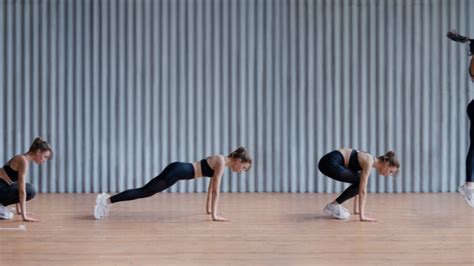Efficiently build lean muscle and boost performance: What’s the optimal workout split?
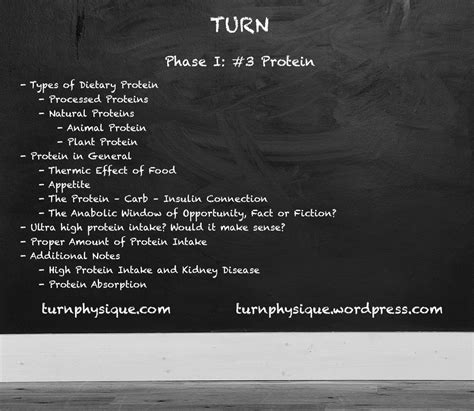
When it comes to sculpting a lean, powerful physique and unlocking peak athletic performance, your workout split is far more than just a schedule – it’s the strategic blueprint for your success. Choosing the right way to divide your training can make the difference between stagnating progress and consistent gains. But with so many options available, how do you find the ‘optimal’ split that aligns with your body, goals, and lifestyle?
Understanding Workout Splits and Their Importance
A workout split refers to how you organize your training sessions over the course of a week, determining which muscle groups you work on particular days. The primary goal is to provide sufficient stimulus to muscles for growth (hypertrophy) and strength adaptation, while also allowing adequate time for recovery – a crucial component often overlooked. An intelligent split ensures you hit each muscle group with optimal frequency and intensity, preventing overtraining while maximizing muscle protein synthesis.

Common Workout Splits: A Detailed Look
Let’s explore some of the most popular and effective workout splits, each with its unique advantages and ideal applications:
1. Full-Body Workout Split
What it is: You train all major muscle groups in each session, typically 2-3 times per week. Each session includes exercises for the chest, back, legs, shoulders, and arms.
Pros: High frequency for each muscle group, excellent for beginners to learn movements, efficient if you have limited gym time per week, promotes great recovery between sessions.
Cons: Can be very taxing if intensity is high, might limit the volume you can do per muscle group in a single session.
2. Upper/Lower Split
What it is: You divide your training into ‘upper body’ days and ‘lower body’ days. A common schedule is 4 days a week (e.g., Upper, Lower, Rest, Upper, Lower, Rest, Rest).
Pros: Allows for higher volume per muscle group compared to full-body, good frequency (twice a week per muscle group), balances training stimulus well, suitable for intermediate lifters.
Cons: Fewer rest days for a given muscle group compared to a full-body split, requires more gym days than full-body if you want to hit muscles twice a week.
3. Push/Pull/Legs (PPL) Split
What it is: This split divides your body into three functional categories: ‘Push’ muscles (chest, shoulders, triceps), ‘Pull’ muscles (back, biceps), and ‘Legs’ (quads, hamstrings, glutes, calves). It’s often performed 3-6 days a week.
Pros: High frequency (twice a week for 6-day split), allows for significant volume per muscle group per session, exercises for a given session often complement each other, excellent for hypertrophy and strength gains for intermediate to advanced lifters.
Cons: A 6-day PPL requires significant time commitment; a 3-day PPL offers less frequency per muscle group.
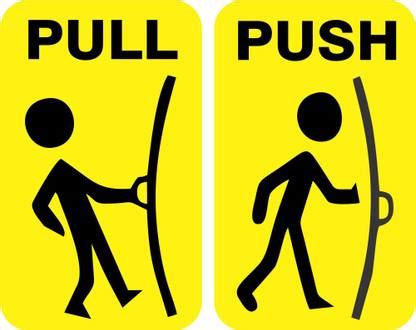
4. Body Part (Bro) Split
What it is: Each workout session targets only one or two specific muscle groups (e.g., Chest on Monday, Back on Tuesday, Legs on Wednesday, etc.).
Pros: Allows for extremely high volume and intensity for a single muscle group, popular among bodybuilders for maximum pump and muscle isolation, plenty of rest for trained muscles before next session.
Cons: Very low frequency for each muscle group (typically once a week), which may not be optimal for natural lifters aiming for maximum hypertrophy or strength. Recovery for the central nervous system can be long.
While the ‘bro split’ has its proponents, for most individuals aiming for efficient lean muscle gain and performance, splits that allow for higher training frequency (like Full-Body, Upper/Lower, or PPL) are generally more effective. The goal is to stimulate muscle protein synthesis more often throughout the week.
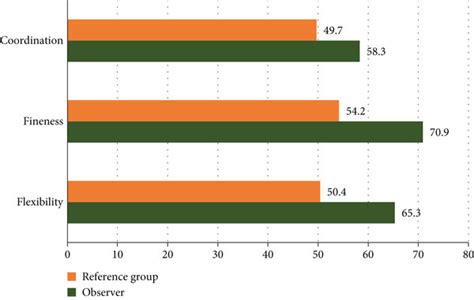
Key Factors for Choosing Your Optimal Split
The ‘optimal’ split isn’t universal; it’s highly personal. Consider these factors:
- Training Frequency: How many times per week can you realistically commit to the gym?
- Recovery Capacity: Are you recovering adequately between sessions? Age, sleep, nutrition, and stress all play a role.
- Experience Level: Beginners often benefit most from full-body routines, while advanced lifters can handle higher volume and intensity from more complex splits.
- Specific Goals: Are you prioritizing hypertrophy, strength, endurance, or a combination? Certain splits lend themselves better to specific goals.
- Time Commitment: Do you have 3, 4, 5, or 6 days a week to dedicate to training?

Finding Your Perfect Match: Experimentation and Progression
There’s no single magic bullet, but a strong argument can be made for splits that allow you to hit muscle groups 2-3 times per week. For many, an Upper/Lower or PPL split (3-6 days a week) offers an excellent balance of frequency, volume, and recovery for efficient muscle gain and performance enhancement. However, the best approach is to:
- Start with a proven split: Begin with something like a Full-Body or Upper/Lower.
- Track your progress: Monitor strength, muscle growth, and energy levels.
- Listen to your body: Are you recovering well? Are you feeling overly fatigued?
- Adjust as needed: Don’t be afraid to try a different split after 8-12 weeks if you feel progress stalling or if your lifestyle changes. Your ‘optimal’ split might evolve over time.
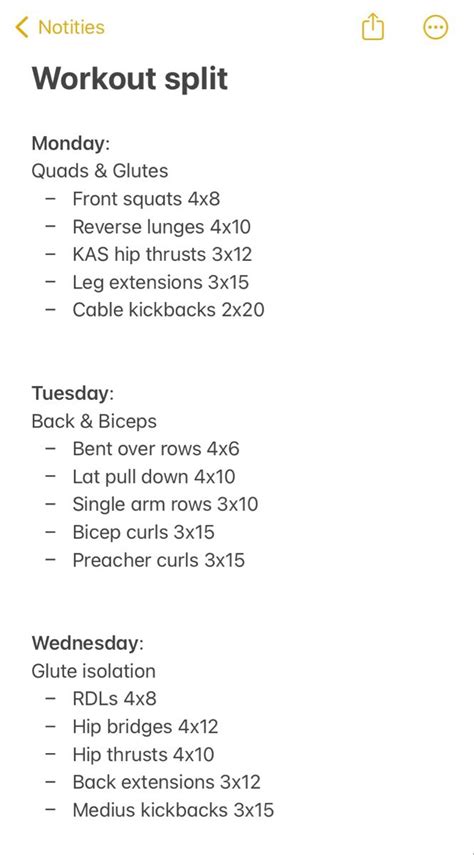
Conclusion: Tailoring Your Path to Lean Muscle and Performance
The optimal workout split is the one you can adhere to consistently, that allows for progressive overload, and that provides adequate recovery. For most individuals aiming for efficient lean muscle and performance, a split that trains each muscle group 2-3 times per week (like Upper/Lower or PPL) tends to be superior. Experiment, be patient, and remember that consistency and intensity within your chosen framework will always trump the specific split itself. Focus on mastering the basics, fueling your body, and prioritizing recovery, and you’ll be well on your way to building the physique and performance you desire.







